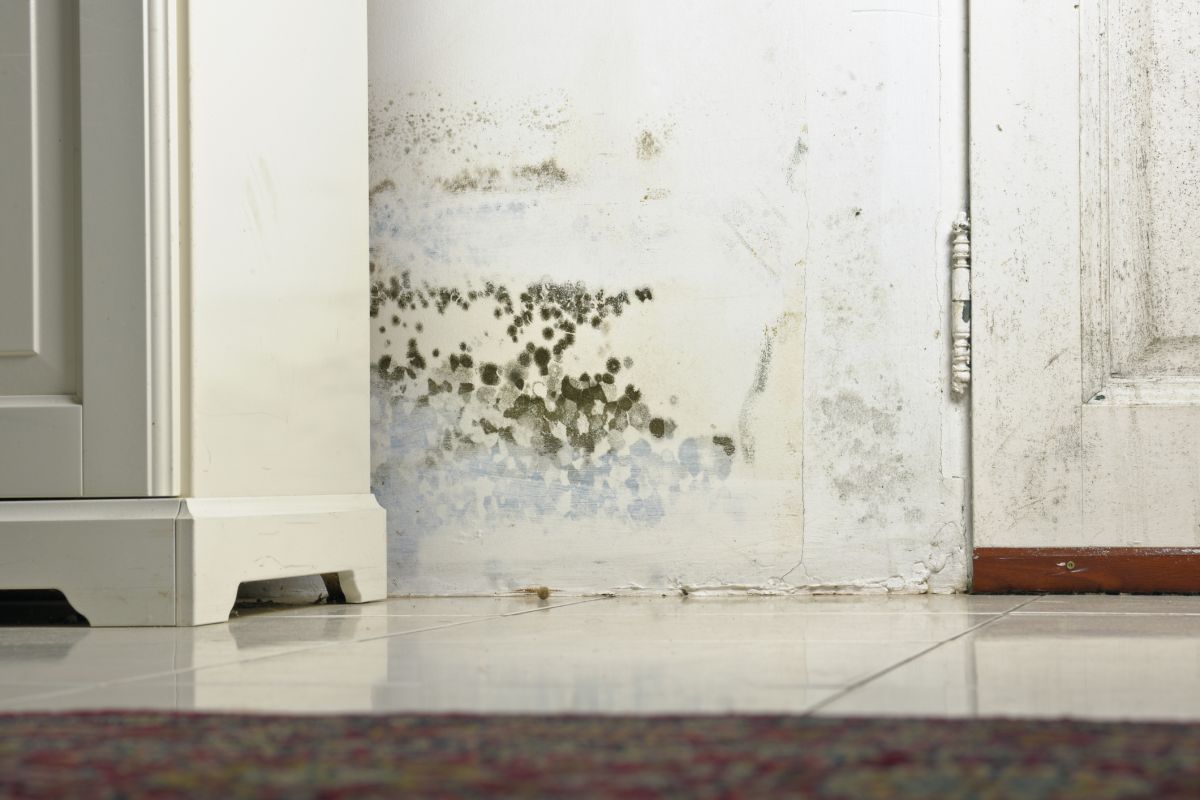



Damp is a word that’s used to describe the presence of excess moisture in the air. It might sound harmless, but damp can cause various issues with your home and health. Moisture that’s left unchecked eventually causes mold, mildew, and rot.
Here are five warning signs of damp and how to identify it:
1) Metallic or earthy smell
2) Stains on the walls or ceilings
3) Hidden water leaks inside your home
4) Leaks from pipes, toilets, sink
5) Brownish marks on your ceiling or walls
Damp is a word that describes the presence of excess moisture in the air. It might sound harmless, but damp can cause various issues with your home and health. Moisture that’s left unchecked eventually causes mold, mildew and rot.
Damp is a type of moisture that’s in the air. Moisture like this can cause mold, mildew, and rot to form. And if you don’t take care of it, it will start to grow.
Mold is an allergenic substance that can be toxic. When mold starts to grow, you may not even know it because it can produce dangerous toxins without you noticing. Mold can also cause allergic reactions and respiratory problems when inhaled.
Mildew is another type of fungus that grows on damp surfaces or objects. It thrives in humid environments and will start to grow on items with little use, such as books and carpets. Mildew isn’t toxic like mold; however, it can still be allergenic and cause health issues for people who are sensitive.
Rot happens when organic matter decomposes without sufficient oxygen or sunlight exposure. Rot is fairly obvious because the surface will turn brown or black and break down into mushy pieces over time. Rot usually occurs on moist surfaces or items that have been left untouched for too long (like food).
and how to identify it
There are a variety of ways you can tell whether you have damp in your home. One is by seeing if there are stains on the walls or ceilings. Another is by looking for water leaks inside your home. If you notice anything leaking from pipes, toilets, or sinks, that's another sign. You can also see if there are brownish marks on your ceiling or walls. You might have damp if there's an earthy smell in the air. The easiest way to tell if you have damp is by taking a look at your floors and walls for mould growth or rotting boards.
If you encounter a strong, earthy or metallic smell in your home, the first thing you should do is identify the source of the odor. The smell could be coming from mold growing on your walls or ceiling. If it’s possible that the damp is being caused by mold and mildew, you need to get rid of it as soon as possible.
If you notice stains on your walls or ceiling, this could be a sign of damp. You might see discoloration that looks like dirt but is actually mold. Mold is a type of fungus that can grow anywhere there’s water and warmth. The most common places to find it are in the bathroom, kitchen, and bedroom.
Mold has negative health effects for anyone who breathes in the spores, but it can be especially dangerous for those with allergies or asthma.
Damp can cause leaks from pipes, toilets, or sinks. The water will seep through the walls and floor of your home and usually ends up in your basement. This is a problem because it means that moisture is getting into the foundation of your house. And when your foundation becomes damp, it can lead to problems like mold or mildew growth.
If you notice any of these warning signs in your home, be sure to contact a professional who specializes in dampness to fix the issue.
If you notice brownish marks on your ceiling or walls, it’s most likely from water that’s leaked onto the drywall. Sometimes, you might not even know a leak is occurring with your ceiling or walls until you notice these brownish marks. If you want to prevent this from happening, install some sort of ceiling protection and keep an eye out for those brownish marks.
Mold, mildew, and rot are just some of the many dangers of leaving damp a problem unchecked. If you think this may be what’s going on in your home, there are a few steps you can take to remedy the situation:
1) Invest in a dehumidifier
2) Clean up any standing water or leaks
3) Seal any cracks or crevices that allow for excess moisture to seep through
4) Consider adding insulation to your home to prevent cold air from seeping inside